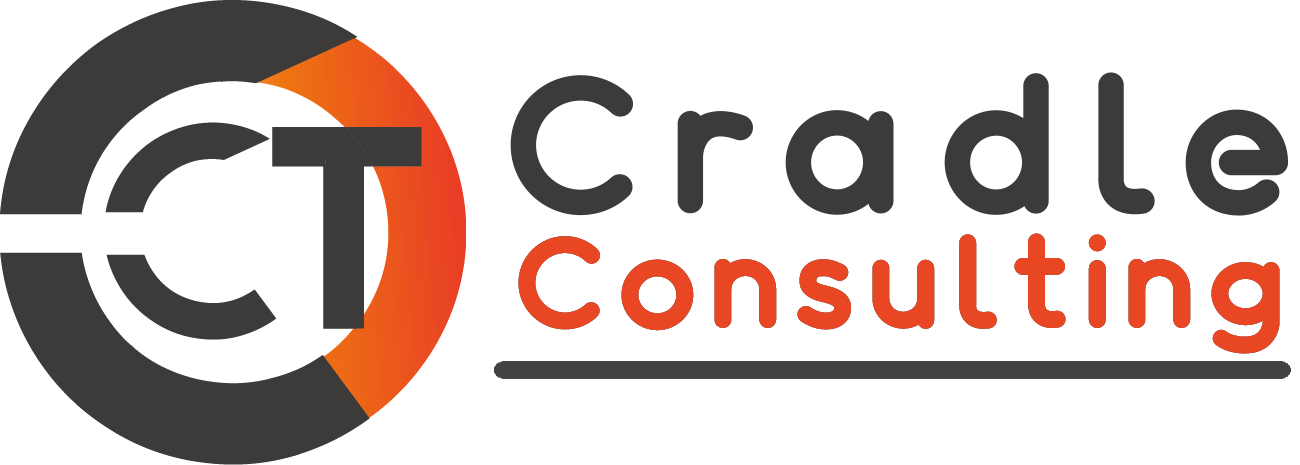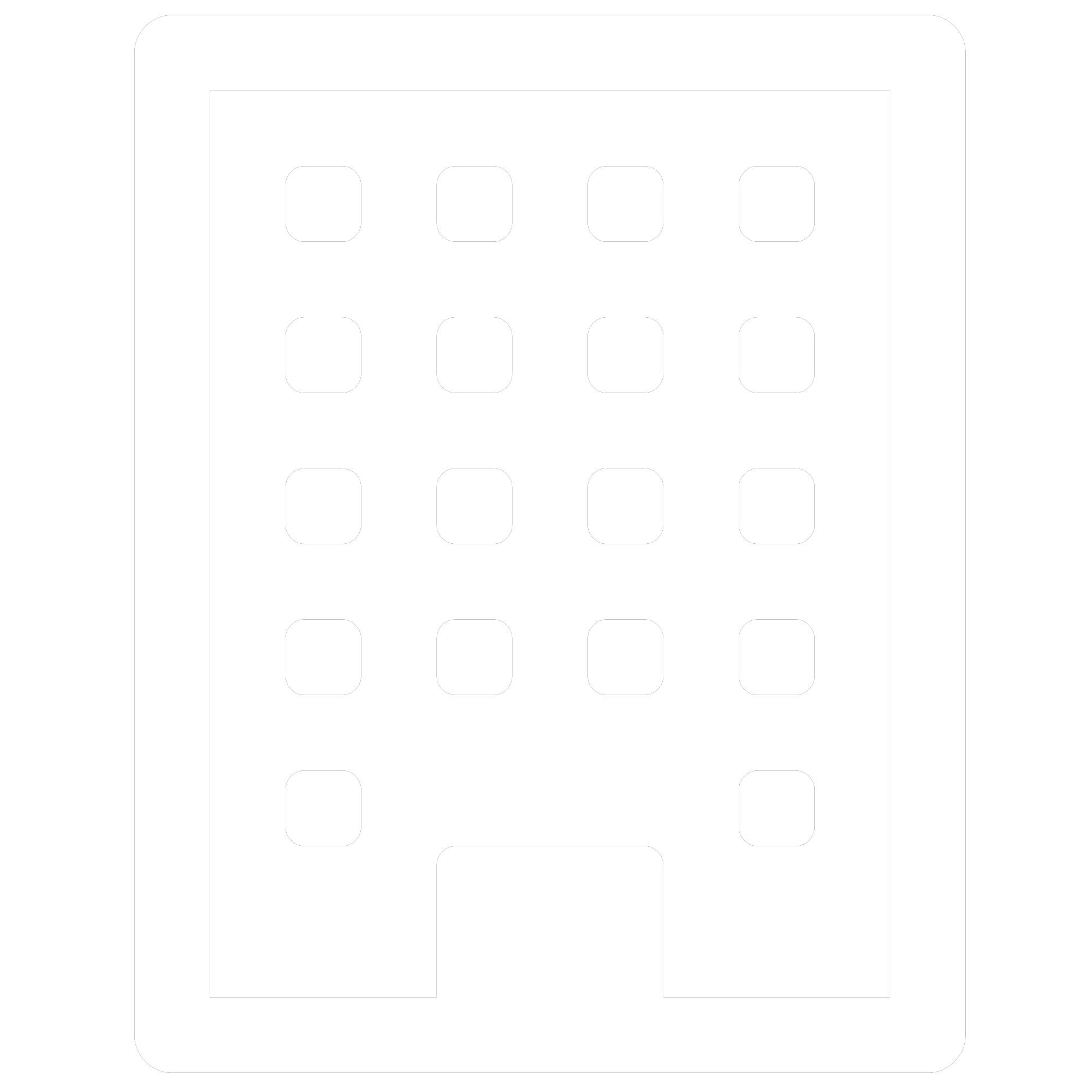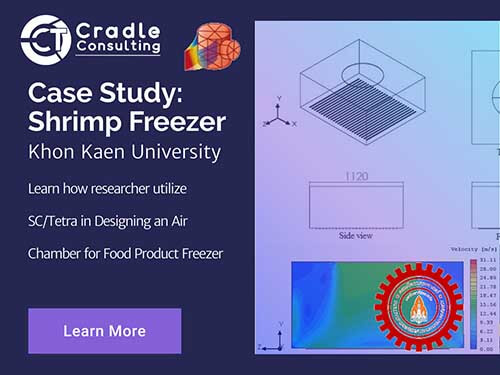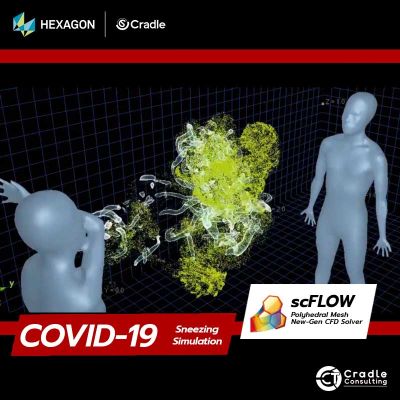Light Weight Parametric Optimization
In combination with lightweight optimization, additive manufactured parts have enormous potential to reduce weight, production time, and costs. This paper introduces a new method based on design experiments with metamodelgenetics and algorithms, combining advanced materials, assisted designs, and genetic algorithms to achieve this. In the optimization method developed, a specific strategy is implemented to improve performance compared to conventional methods.
This strategy intensifies sampling and refinement of replacement models in areas close to feasible and unfeasible limits where optimum is expected and intensifies sampling of replacement models for refinement.
This paper proposes an intelligent optimization algorithm to optimize the design of internal cellular structures. The authors propose a parametric modeling technique that approaches parts of the surface as Bezier surface patches and then allows the generation of truss from these patches. This is then integrated into the lightweight modeling of complex structures by combining CAD software with other tools to optimize the geometry [7, 12]. Finally, parametric modeling techniques are combined with various optimization techniques to optimize geometries [13, 14].
Conventional workflows to optimize topology requires manual work with multiple tools to produce a production-ready result that can lead to information loss during data conversion. This proposal is interesting, but it requires a complex workflow to decompose the outer surface.

MSC Apex
In addition to increasing productivity, MSC Apex integrates computer-aided engineering (CAE) and advanced computer vision technology (AI) to increase productivity.
This makes design and manufacturing smarter by combining speed with a high degree of automation through MSC Apex Generative Design, significantly reducing the time required for optimization. By simplifying the work process and drastically reducing design iterations, designers can find optimized design candidates and perform design validation in real-time. The design process is workflow-oriented and provides access to existing geometries, network data, and other relevant information about the design candidate as well as the potential for future optimizations.
The technology of MSC Apex Generative Design makes it possible to optimize stress-oriented. This approach enables bionic constructions with a focus on ensuring high part reliability. Usually, stress is based on stress, and optimization is based on the number of parts in the design and the stress on the individual parts, not on the weight of the parts.
Manufacturability is a critical obstacle in the design process, as it determines whether a design can be made into a real product or not. Production limitations must be taken into accounts, such as the weight of the parts and the number of parts in each part.

Need to Lightweight your Products Quickly and Efficiently?
The manufacturing assistant then helps the user with the design concept, which is based on the manufacturing process selected for the production of the parts.
Topologically optimized designs tend to lead to complex geometries that are manufactured using conventional manufacturing methods. This shape could significantly increase the flexibility of lightweight constructions by selecting materials and optimizing structure. Casting modifications, for example, can lead to a significant increase in the weight of the components.
Exploring the use of topologically optimized parts in conventional manufacturing methods is costly - prohibitive. The technology, which enables efficient and cost-effective lightweight construction, is a unified digital platform that provides a digital thread that intuitively captures design, materials, and manufacturing. The disciplines of product development can work together in the same way as in traditional manufacturing but in a more efficient way.
Once automated, the method can be used by AM users who want to add parametric lightweight optimization to their design, thereby improving the optimization strategy.
The strategy can be implemented over the entire optimized process, which is automated by the CATIA Function - driven Generative Designer (CATIA - Designer).
The parts produced using this automated method can then be validated, refined, and completed in the same way as traditional manufacturing methods, without the need for manual work.

Based Concept Development for Lightweight Design
The hollow structure in this case study is based on FDM (Fused Deposition Modeling), although the methodology can be applied to any additive manufacturing technology.
The hollow pattern leads to an inner hollow, which is not connected to its outer structure, but to the proposed inner structure. Through the interlocking of the surface model, several geometric modifications are introduced, whereby a parameterized modular cad model is used.
The results are then used by the designers as a basis for further development. With the constantly increasing computing power, large FE models are subjected to structural optimization. It has been found that a large number of small and medium-sized cad models are needed for the development of lightweight structures.
Conclusion
The main objective of this research is to develop a novel performance-based optimization framework to solve the challenging optimization problems associated with complex CFS structural systems at the elementary and structural levels. This framework is used to develop a framework for constructing structures with high - rigid, low - elongation, which can reduce overall construction costs and provide higher strength and elongation. The results of the proposed research will give the UK construction sector a competitive advantage and have the potential to develop new approaches to building structures that are more efficient, flexible, and cost-effective - more effective than traditional materials and materials.
Cited Sources
- https://www.techbriefs.com/component/content/article/tb/pub/features/articles/33914 0
- https://www.simufact.com/news-detail/new-generative-design-solution-cuts-additive-manufacturing-design-processes-by-up-to-80-percent.html 1
- https://gtr.ukri.org/projects?ref=EP%2FL019116%2F1 2
- https://slideheaven.com/cae-based-concept-development-for-lightweight-design-of-railway-vehicles.html 3
- https://www.mscsoftware.com/product/msc-apex-generative-design 4
- https://cyberleninka.org/article/n/1484954 5
- https://www.inceptra.com/2019/10/07/need-to-lightweight-your-products-quickly-and-efficiently/ 6

















